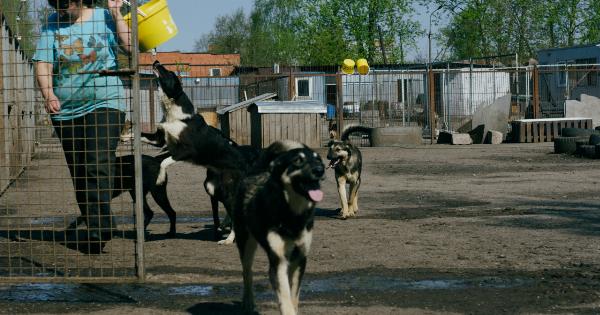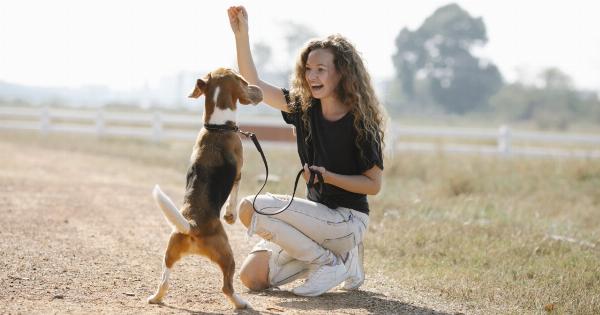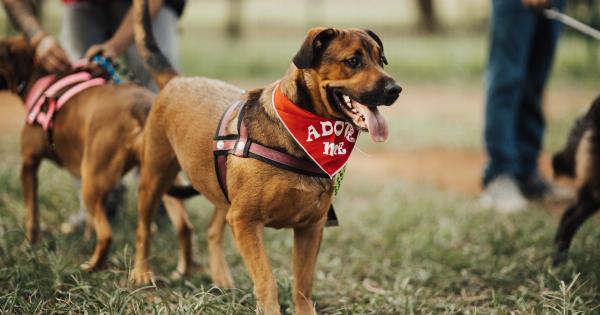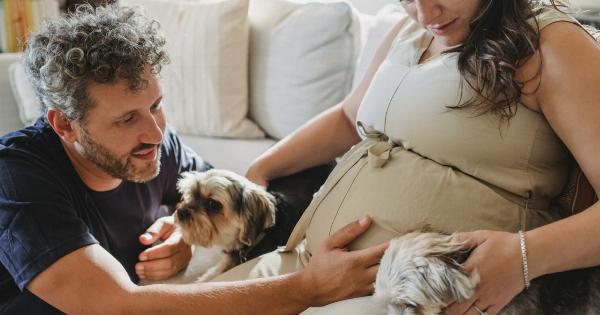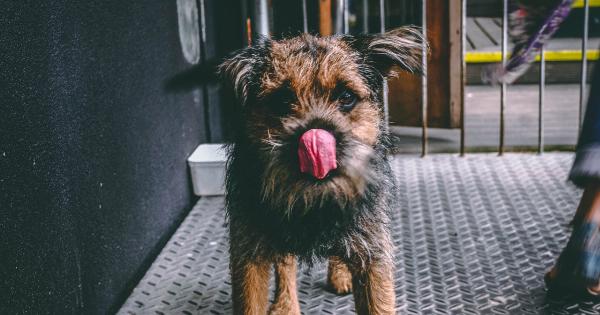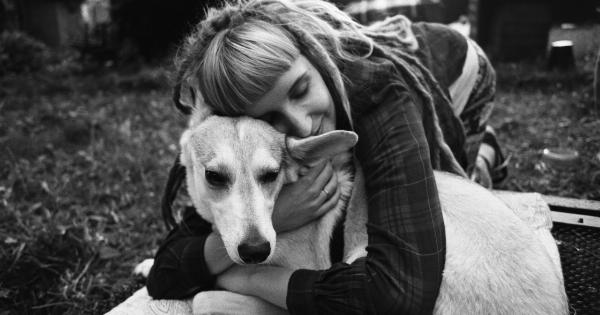As a responsible dog owner, it is important to understand that aggression in dogs can manifest due to various factors, including genetics, environment, and improper handling.
While some breeds may be predisposed to aggression, it is crucial to acknowledge that any dog has the potential to exhibit aggressive behavior if not properly trained and socialized.
1. Lack of Socialization
One of the major factors that can contribute to a dog’s aggression is a lack of proper socialization.
Dogs that have not been exposed to various people, animals, and environments during their critical development periods may become fearful and defensive, leading to aggression when faced with unfamiliar situations or stimuli. It is essential to expose your dog to as many positive experiences as possible, gradually and safely introducing them to different environments, people, and animals.
2. Inadequate Training
Proper training is essential for all dogs, regardless of breed or size. Dogs that lack proper obedience training may struggle to understand and follow basic commands, leading to frustration and potential aggression.
Consistency, positive reinforcement, and patience are key aspects of effective training. Enroll your dog in obedience classes or consult a professional dog trainer to establish a strong foundation of obedience and good behavior.
3. Punishment-Based Training Methods
Using punishment-based training methods can have detrimental effects on a dog’s behavior and can potentially trigger aggressive tendencies.
Harsh corrections, physical reprimands, or harsh discipline techniques can cause fear, anxiety, and stress in dogs, leading to escalated aggression. It is crucial to adopt positive reinforcement techniques, rewarding good behavior and redirecting unwanted behaviors rather than resorting to punishment.
4. Neglecting Exercise and Mental Stimulation
Dogs require regular physical exercise and mental stimulation to maintain their overall health and well-being. Lack of exercise can lead to pent-up energy, boredom, and frustration, which can manifest as aggressive behavior.
Ensure your dog gets enough daily exercise through walks, play, or engaging in activities that stimulate their mind, such as puzzle toys or training sessions.
5. Allowing Unsupervised Interactions
Leaving your dog unsupervised in situations where potential conflicts can occur is a recipe for trouble. Dogs are social animals, but even normally friendly dogs can react aggressively when they feel threatened, challenged, or overwhelmed.
Always monitor your dog’s interactions with other dogs, animals, or unfamiliar people to prevent aggressive incidents from arising.
6. Mishandling Fearful Dogs
Dogs that exhibit fear or anxiety may resort to aggression as a defensive mechanism. Mishandling or forcing fearful dogs into overwhelming situations can exacerbate their fear and trigger aggressive responses.
Understanding your dog’s body language, respecting their boundaries, and providing a safe and calm environment can help alleviate fear-related aggression.
7. Failing to Recognize Health Issues
Undiagnosed or untreated health issues can contribute to changes in a dog’s behavior, including aggression. Pain, discomfort, or medical conditions can make even the friendliest dog more prone to aggressive outbursts.
It is essential to schedule regular veterinary check-ups to ensure your dog’s physical and mental well-being.
8. Encouraging Protective Behavior
Sometimes, unintentionally encouraging protective behavior in dogs can lead to aggression towards strangers or visitors.
While it’s essential to have a dog that provides a sense of security, it is equally important to teach them to differentiate between genuine threats and ordinary situations. Socialize your dog positively, exposing them to various people and situations to help them recognize normal, non-threatening behavior.
9. Inconsistency in Rules and Boundaries
Dogs thrive on consistency and a clear understanding of their role within the family. Inconsistency in rules and boundaries can cause confusion and anxiety in dogs, potentially resulting in aggressive behavior.
Set clear rules and enforce them consistently, ensuring that everyone in the household follows the same guidelines for interacting with and training the dog.
10. Ignoring Early Warning Signs
Every dog gives off subtle signals when they feel uncomfortable or threatened. Ignoring these early warning signs can escalate aggression.
It is crucial to understand your dog’s body language and behavior cues to recognize signs of stress, fear, or discomfort. By intervening early and removing your dog from stressful situations, you can prevent aggressive responses.




